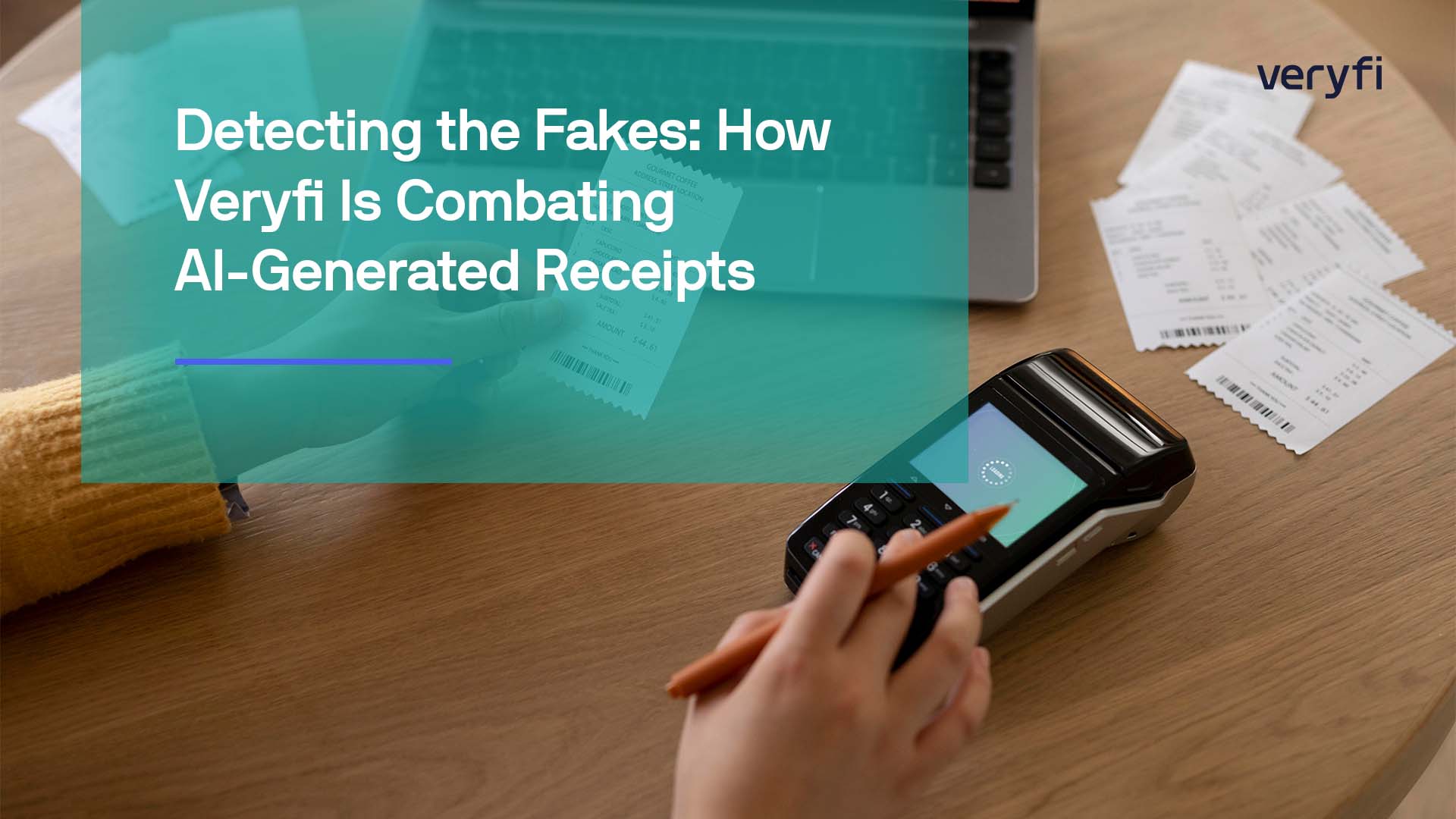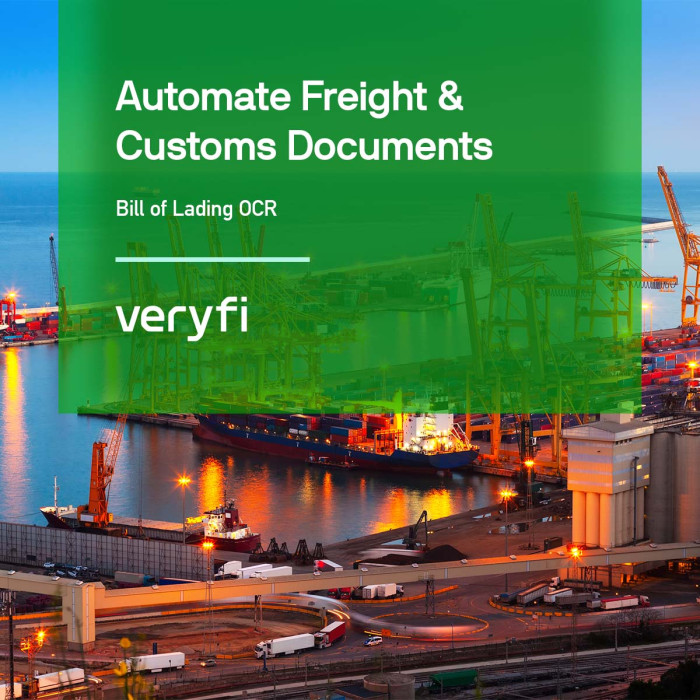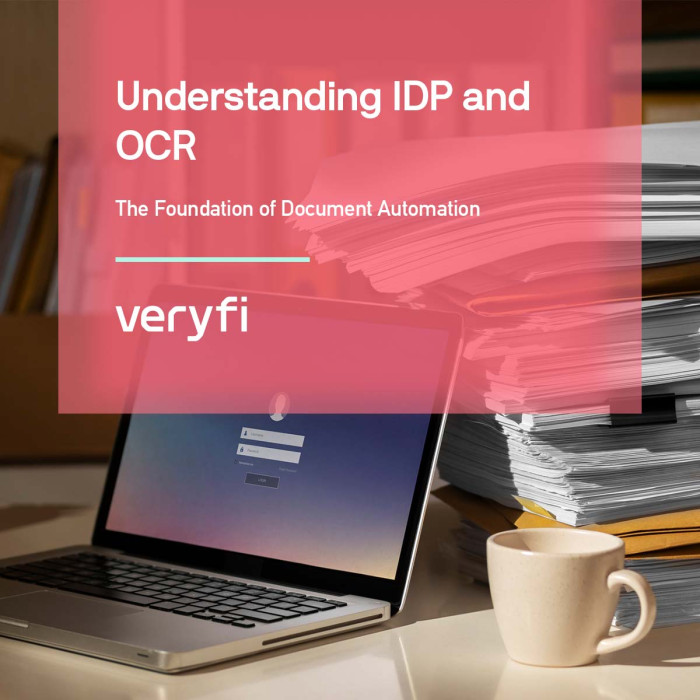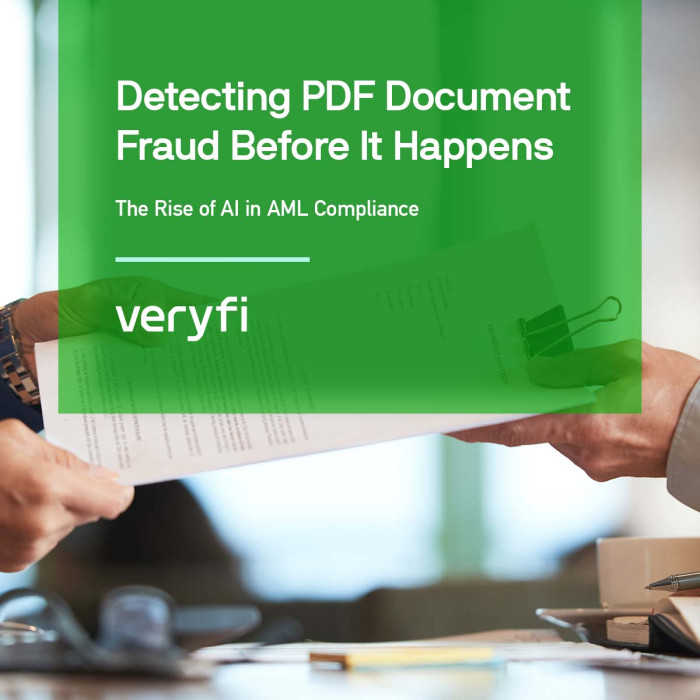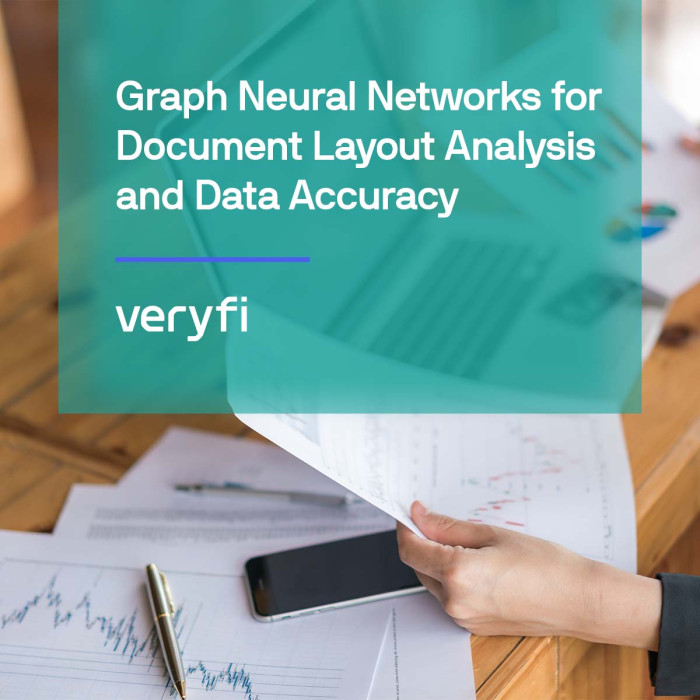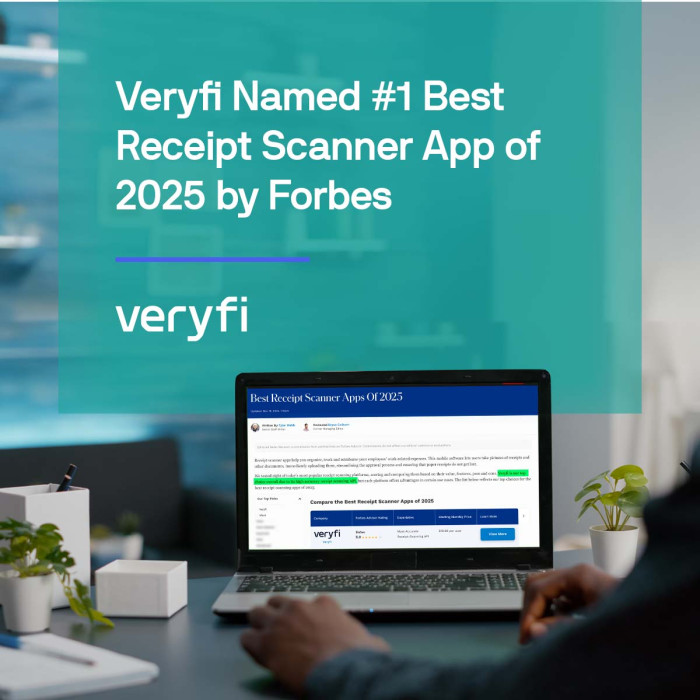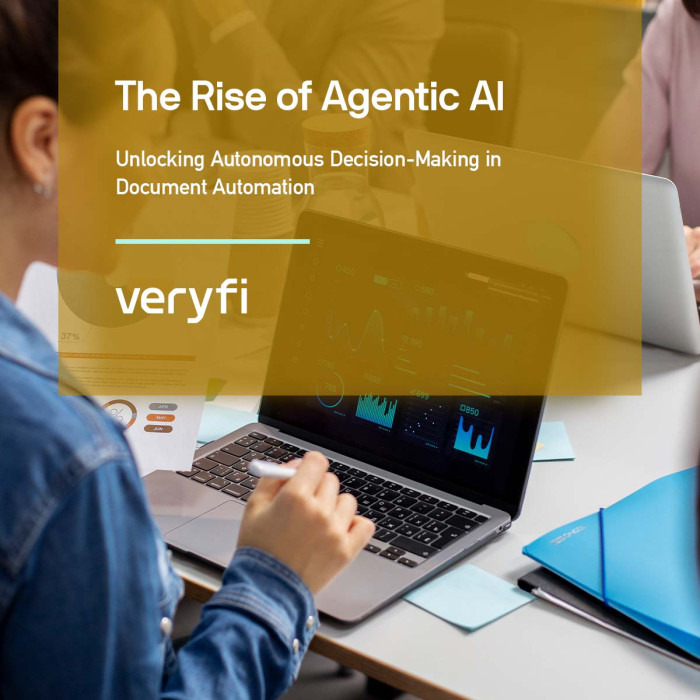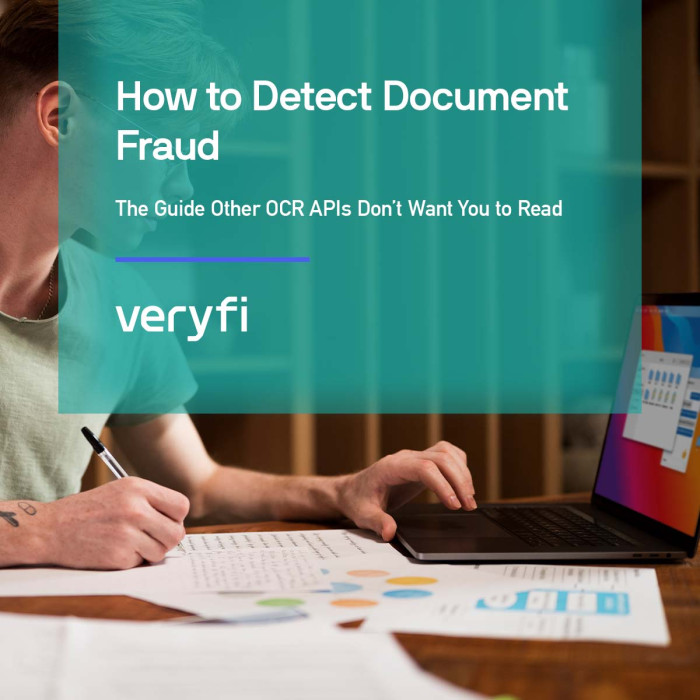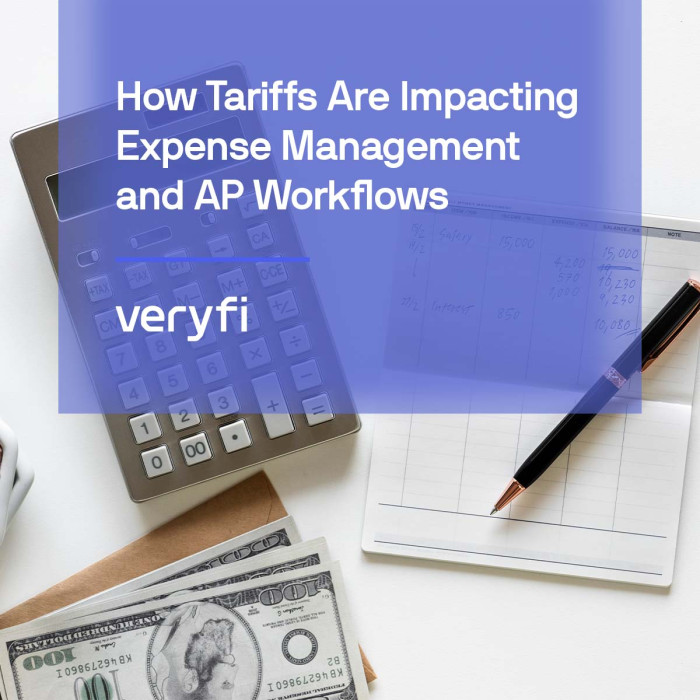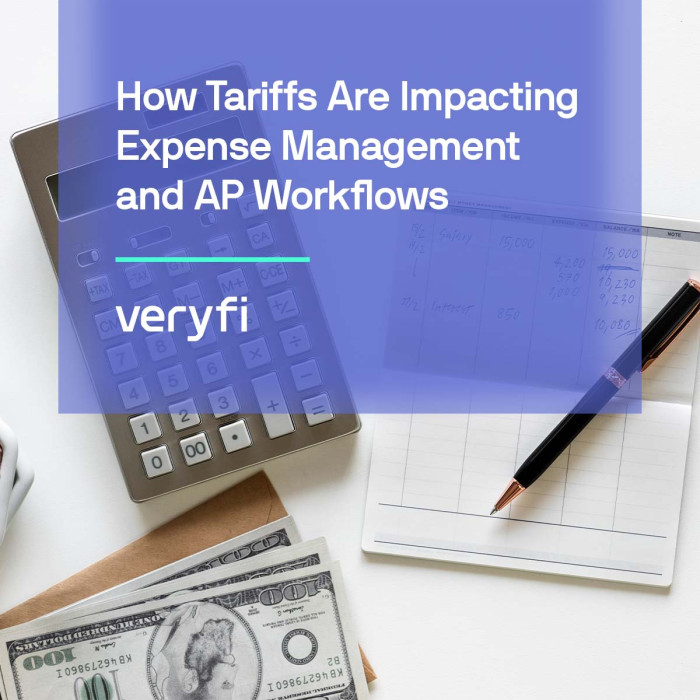When TechCrunch reported that ChatGPT’s new image model could create hyper-realistic fake receipts, it sparked a much-needed conversation across finance and tech: if AI can now generate believable documents, how do we protect our systems from them?
For companies processing thousands of receipts, invoices, and financial documents every day, this isn’t a theoretical concern. It’s a real and growing threat.
At Veryfi, we’ve built AI that doesn’t just extract data from documents — it also evaluates fraud. In this article, we’ll show how our models detect AI-generated receipts, even when they’re designed to look perfect. And yes — we’ll show our work.
The Rise of AI-Generated Document Fraud
Recently, generative AI tools like ChatGPT (paired with image models) can now produce receipts that look just like the real thing — complete with itemized charges, tax calculations, and business logos. They’re clean, structured, and pass a quick visual scan. Here are some examples from LinkedIn and X:
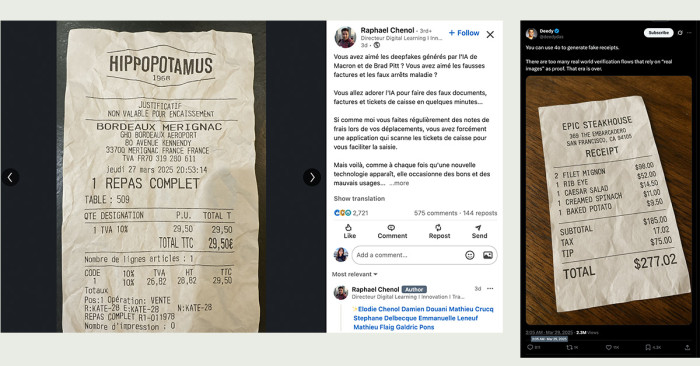
Unfortunately, that’s often all it takes to trick systems that rely on template-based OCR or rule-based validations. Expense platforms, loyalty programs, and even AP workflows that don’t have document verification in place are now vulnerable to machine-generated fraud. We decided to put our own platform to the test.
Testing Veryfi’s Model Against AI-Generated Fake Receipts
At the heart of Veryfi’s detection pipeline is a vision model — a deep neural network trained on a large and diverse set of real and synthetic documents. The model doesn’t rely on templates, rules, or fixed patterns. Instead, it learns to recognize abstract features from document images and classifies them into categories like:
- paper_doc (real-world printed receipt)
- lcd_photo (photo of a monitor)
- mobile_screenshot
- other_screenshot
- ai_generated (synthetic or fake)
During training, the model learns what to pay attention to by processing hundreds of thousands of labeled examples. It develops an internal understanding of texture, layout, formatting, and signal inconsistencies — all without manual instruction. The key: this model isn’t hardcoded to look for specific visual artifacts. It’s data-driven, letting the model decide what matters most for accurate classification.
To evaluate how our models handle synthetic documents, we collected a small set of AI-generated receipts, including:
- Realistic fake receipts shared on social media
- Variants with added noise and distortions (prompted specifically to bypass AI-based validation)
- Receipts sourced from public AI-generation platforms and news outlets
Then, we ran these documents through Veryfi’s document processing engine — not just to extract data, but to evaluate their authenticity layer.
Example 1: Epic Steakhouse Receipt
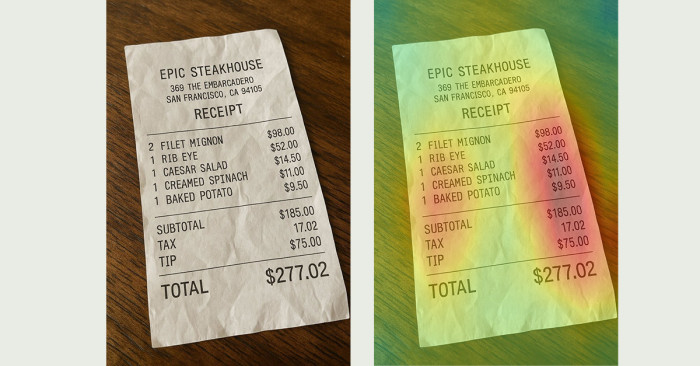
Left: AI-generated receipt. Right: Heatmap visualization used for internal interpretation only.
What We Saw: This receipt from X was prompted to resemble a high-end restaurant bill, complete with believable line items, realistic formatting, and paper texture. It even includes physical distortions and shadowing — subtle cues often used to evade detection.
Yet, Veryfi’s model, trained on a wide range of authentic documents, correctly classified this as ai_generated. Unlike template-based systems, our vision model doesn’t rely on field-level logic or fixed layouts. Instead, it evaluated the entire document holistically, recognizing patterns and spatial relationships it had learned were more likely to occur in synthetically generated content.
The heatmap shown here highlights where the model placed more visual importance during training — particularly on pricing structure and line item alignment — but again, this visualization is not part of the production system.
Model Outcome:
- Predicted class: ai_generated
- Classification based on holistic visual features learned during training
- Heatmap included for transparency, not used in real-time predictions
Example 2: Walmart Receipt with Prompted Noise
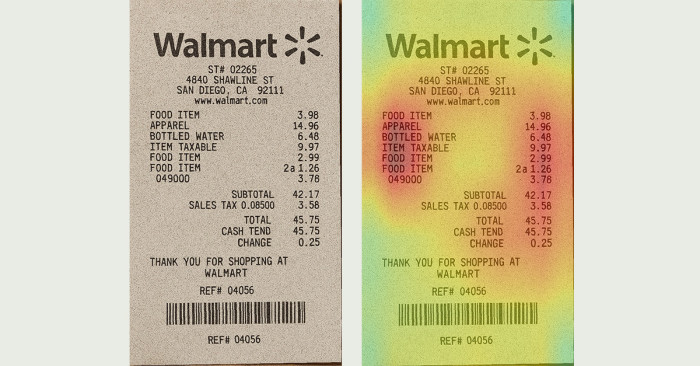
Left: AI-generated receipt. Right: Heatmap visualization used for internal interpretation only.
What We Saw: This fake Walmart receipt was prompted to bypass document authenticity checks. Noise and grain textures were added across the image to imitate thermal print artifacts and low-resolution scanning — techniques that might fool OCRs or visual reviewers expecting “rougher” input.
Despite the obfuscation, Veryfi’s vision model correctly detected it as ai_generated. It did so by evaluating global visual features it had learned during training, such as:
- Uniform alignment and spacing across text regions
- Consistent brightness and contrast — too perfect for a scanned receipt
- Inconsistencies in barcode rendering and document texture
The heatmap shows attention weighted across price columns and subtotal sections, but again, this view is for engineering analysis only and not part of the model’s production inference path.
Model Outcome:
- Predicted class: ai_generated
- Correctly identified despite added noise and distortion
- Detection driven by learned visual features, not artifact presence alone
What Makes Veryfi’s Detection Different
Most traditional OCR tools extract what they see — but they don’t question why something looks the way it does. Veryfi’s platform is built differently:
- Context-aware AI trained on millions of real-world receipts and invoices
- Document integrity analysis at the visual and semantic level
- No human-in-the-loop — detection happens instantly at the point of ingestion
In short, we’ve built an AI model that doesn’t just read documents — it understands them. AI-generated receipts will only get better. In fact, they already fool most visual validators and manual reviewers. That’s why businesses need proactive defense, not just reactive detection.
If your OCR pipeline can’t differentiate between a real thermal-printed gas station receipt and a pixel-perfect AI-generated lookalike, your fraud exposure just went exponential.
Trust Starts With Verification
We’re entering an era where AI will be used on both sides of the system — to create fake documents and to detect them. At Veryfi, we’re investing in AI vs. AI fraud detection that scales with your document volume and security requirements.
And we’re not stopping here. We’re actively collecting more AI-generated receipts across formats, industries, and styles to continuously train and strengthen our models. As generative image tools become more advanced, our fraud detection engine evolves alongside them — so your AP, expense, and loyalty systems stay protected by design.
You shouldn’t have to choose between speed and trust. With context-aware, integrity-first automation, you can have both.
Want to test your own documents — real or synthetic? Try upload a suspicious receipt here and Vee, our mascot, will let you if it’s fake or not.
When you’re ready, start a free trial with Veryfi or get in touch with our team to see our fraud detection engine in action.
